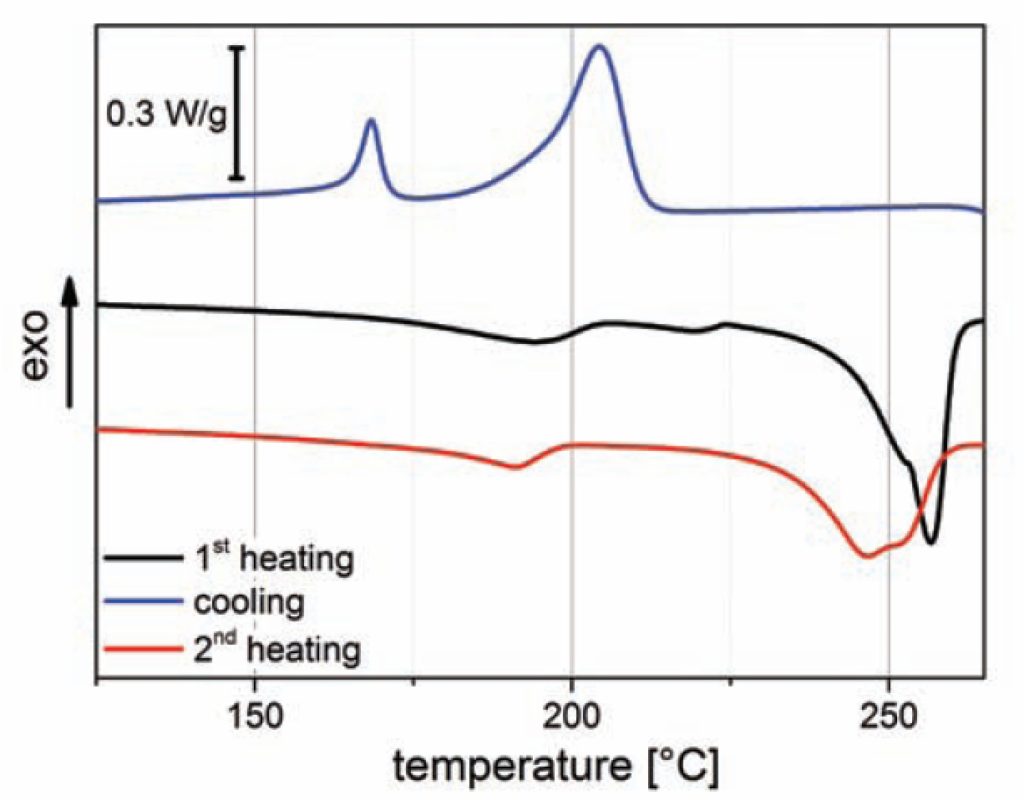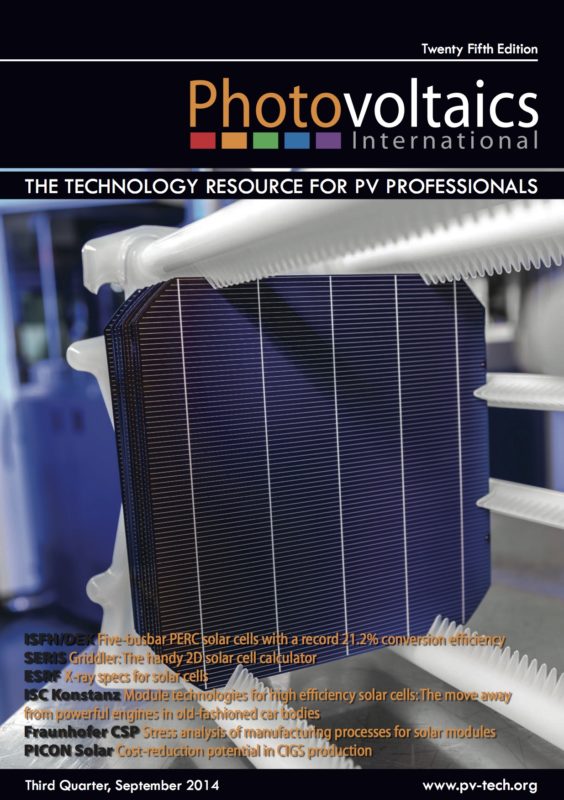By Gernot Oreski, Senior Researcher, Polymer Competence Center Leoben GmbH; Marlene Knausz, Researcher, Polymer Competence Center Leoben GmbH; Gabriele Eder, OFI Austrian Research Institute for Chemistry and Technology; Yuliya Voronko, Researcher, OFI Austrian Research Institute for Chemistry and Technology, Institute of Materials Science and Technology, Vienna University of Technology; Thomas Koch, Senior Scientist, Institute of Materials Science and Technology, Vienna University of Technology; Karl Berger, Energy Department, Austrian Institute of Technology (AIT)
The main objective of this study was to evaluate the suitability of thermal analysis for characterizing the stage of hydrolytic degradation of PV backsheets containing polyethylene terephthalate (PET) as a core layer. Additionally, the ageing behaviour of single backsheets was compared with that of backsheets incorporated within PV modules. Test modules using identical components (glass, encapsulant, solar cells, etc.), varying only in the type of backsheet used, were fabricated and artificially aged (damp heat:85°C / 85% relative humidity storage up to 2000h). The material characteristics of the single backsheets and module-incorporated backsheets before and after artificial ageing were determined by thermal analysis. It was shown that the most significant changes between unaged and aged sheets can be observed in the cooling curve of the differential scanning calorimetry (DSC) runs. For all materials, a significant increase in the crystallization temperature was found. Furthermore, the results revealed no influence of the PV module lamination procedure on the thermal characteristics of the polymeric backsheets. Even after artificial ageing under damp-heat conditions, differences between single and module-incorporated laminated backsheets were negligible. The ageinginduced degradation effects of PET could be detected by DSC for all the aged sheets. It is therefore proposed that the testing of single PET-based backsheets under accelerated ageing conditions may be a practicable way to investigate the applicability of a new backsheet material for use in reliable PV modules.


